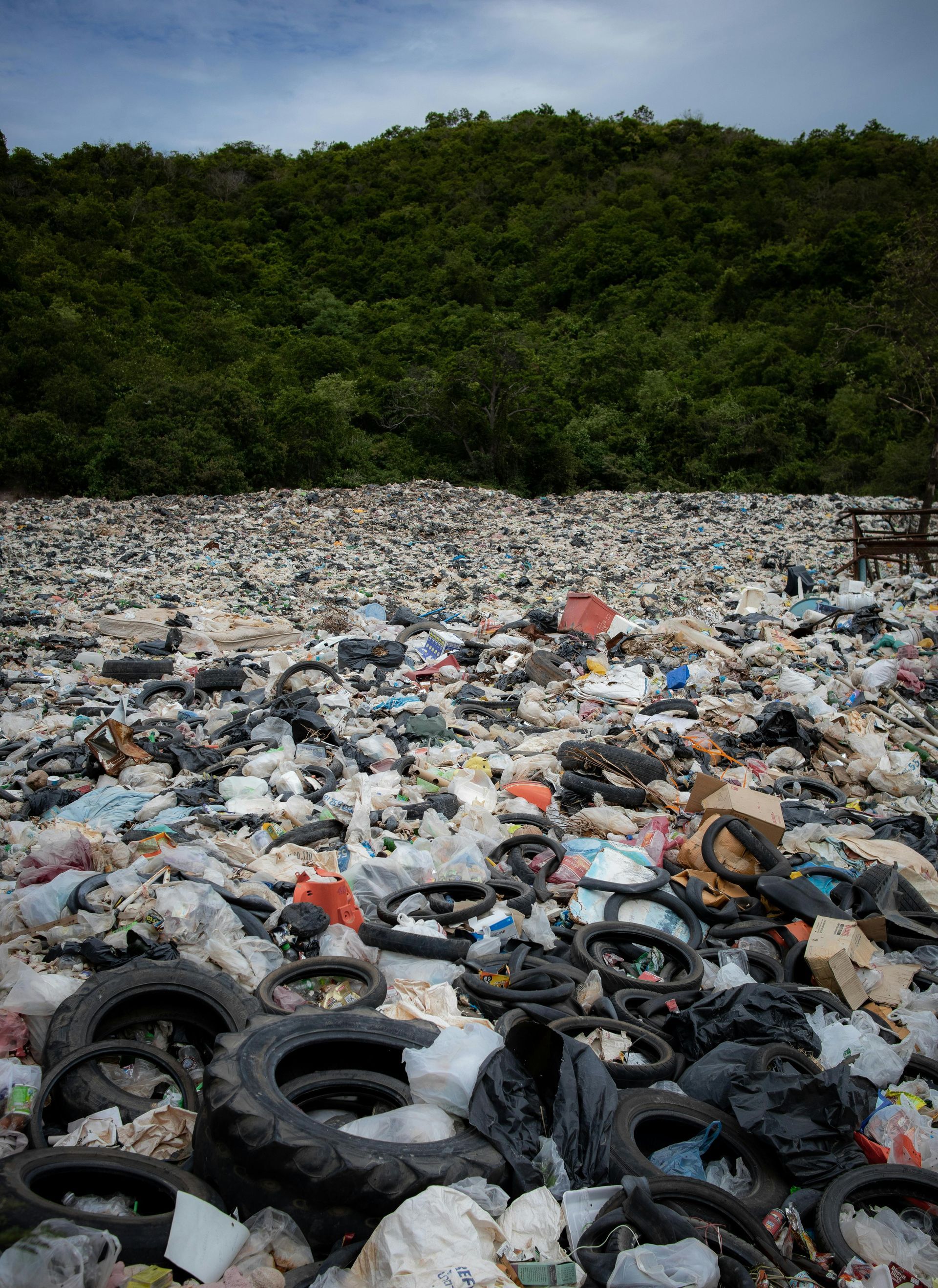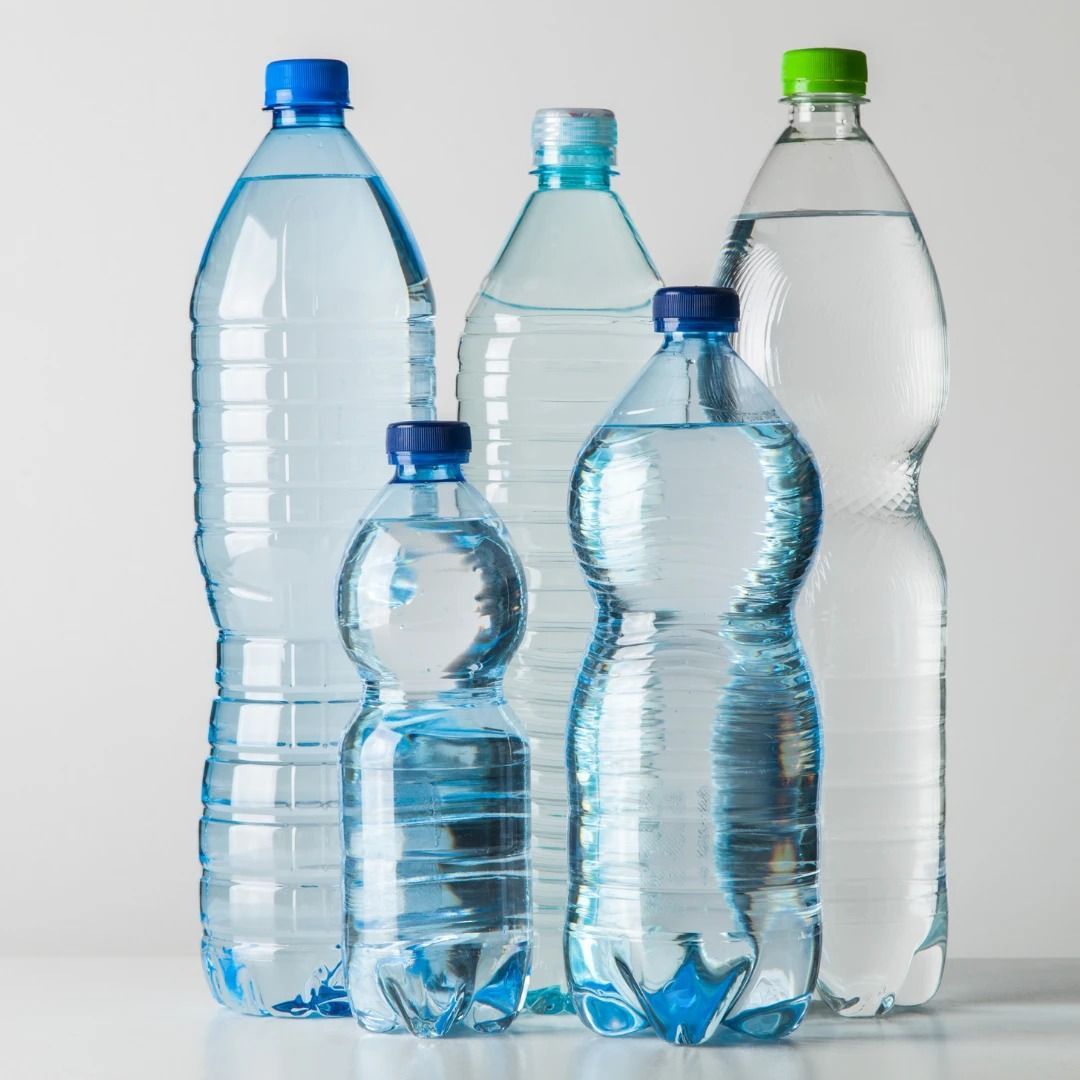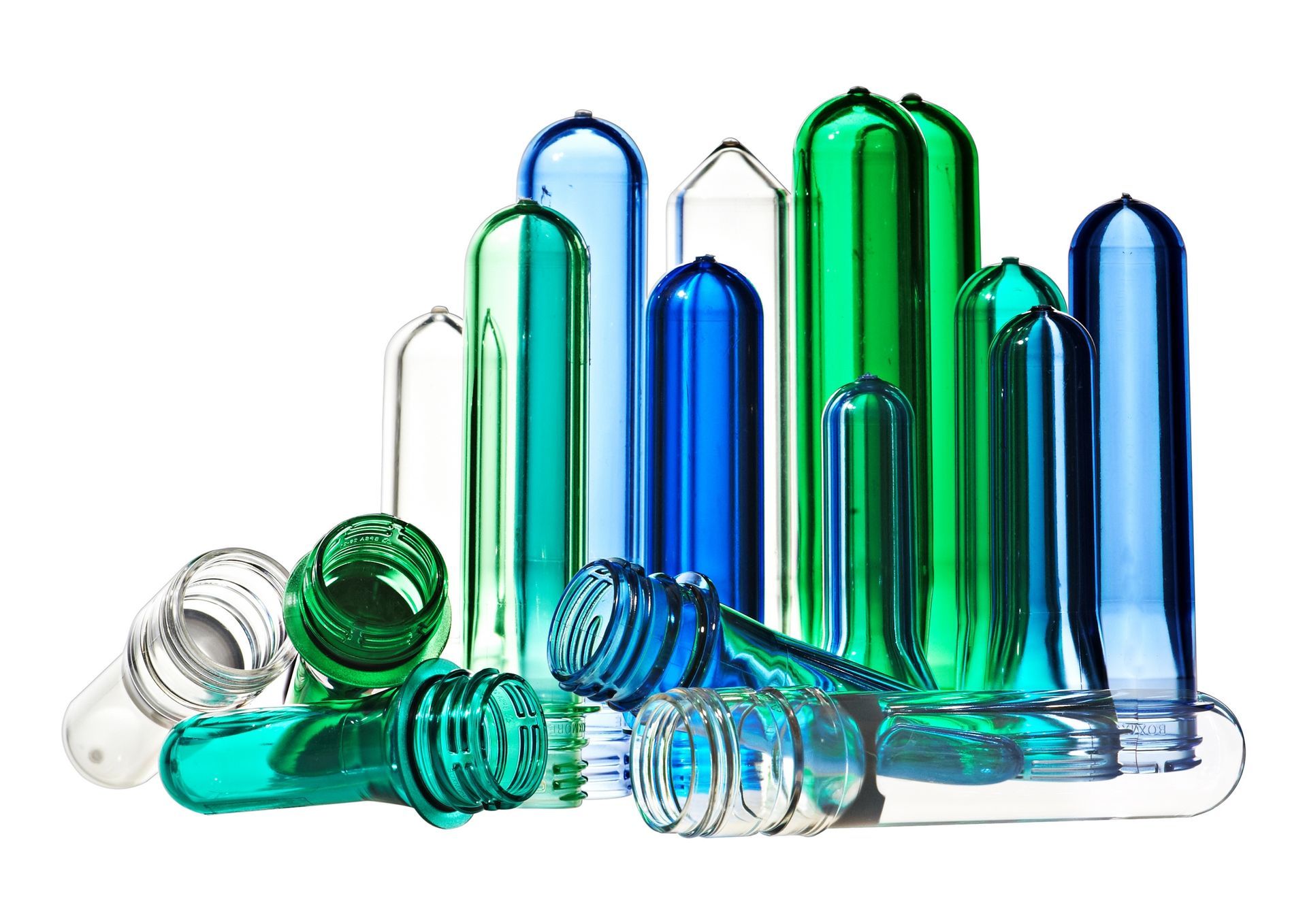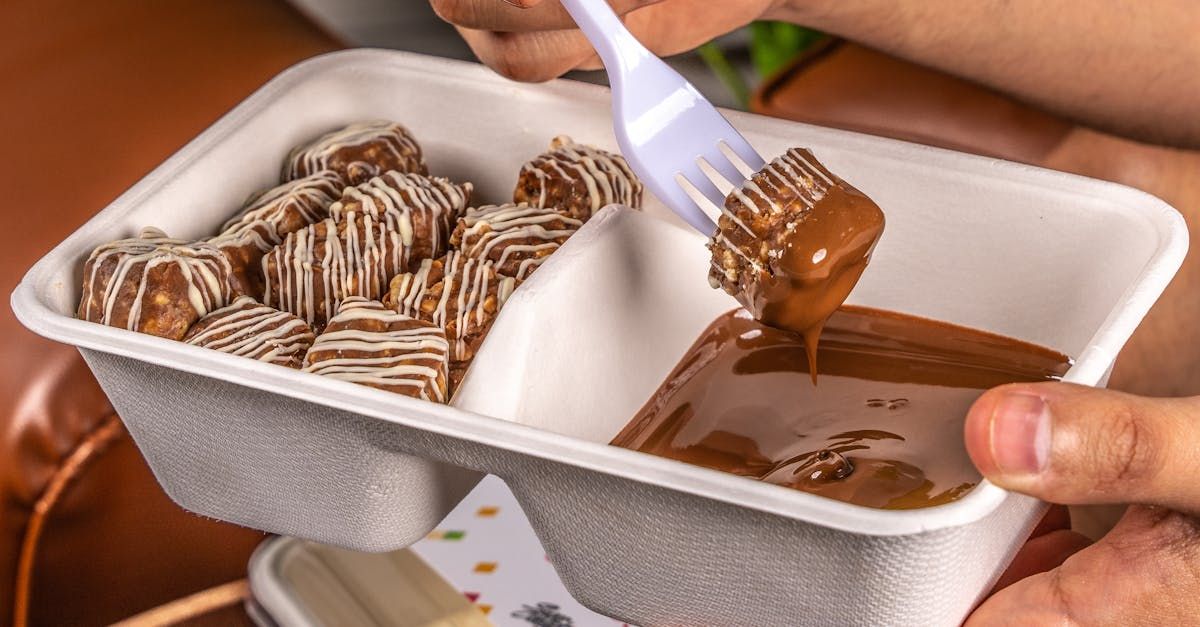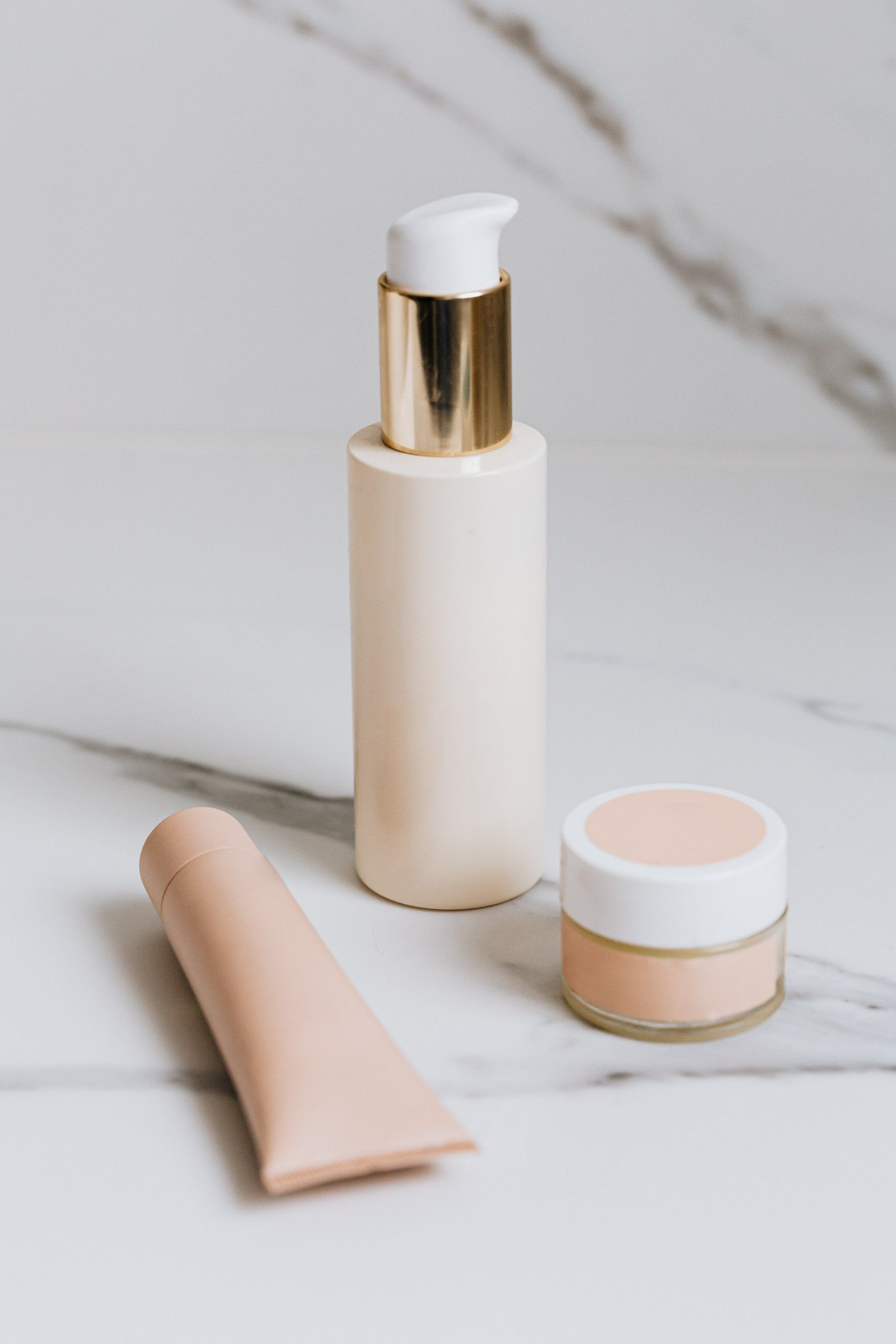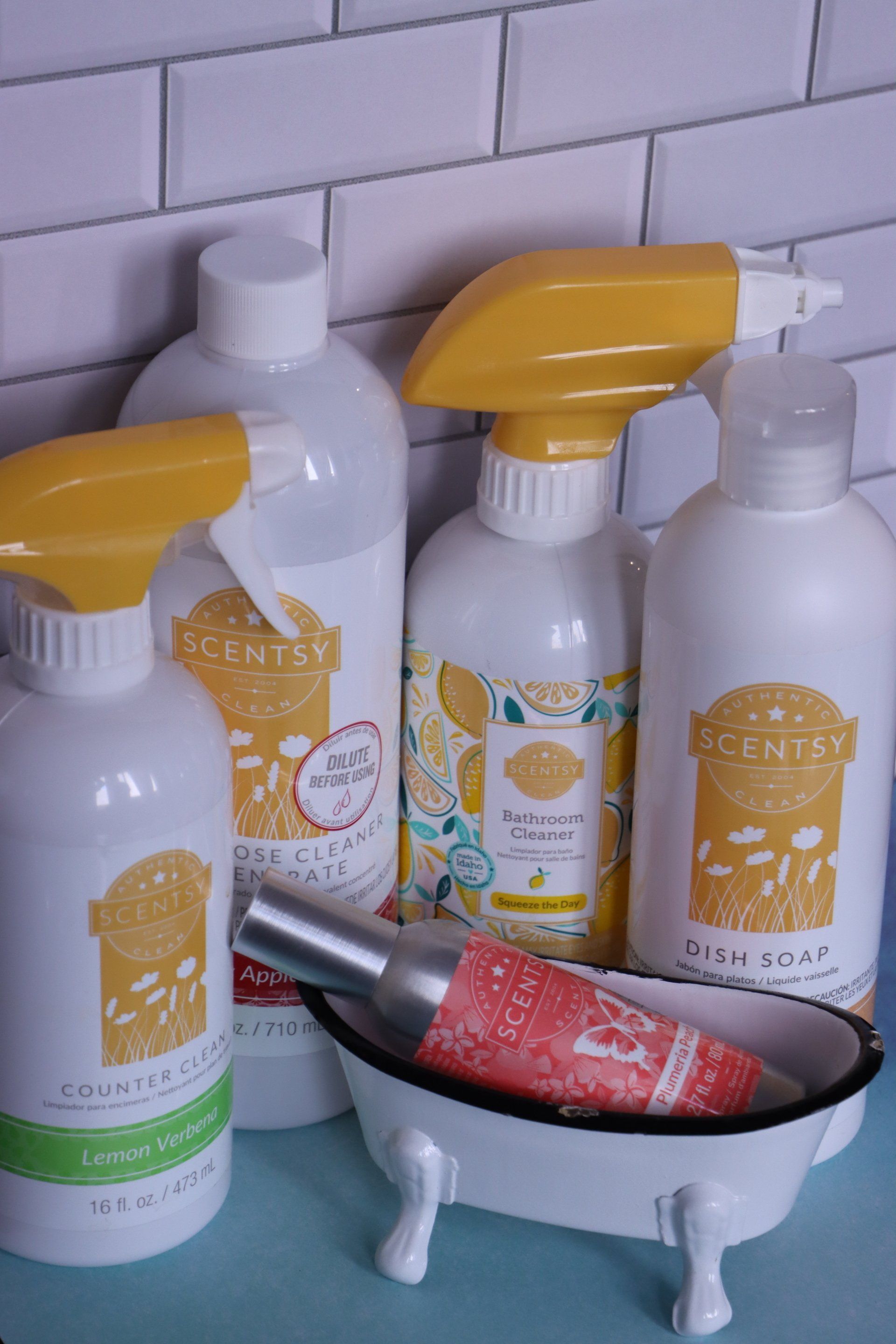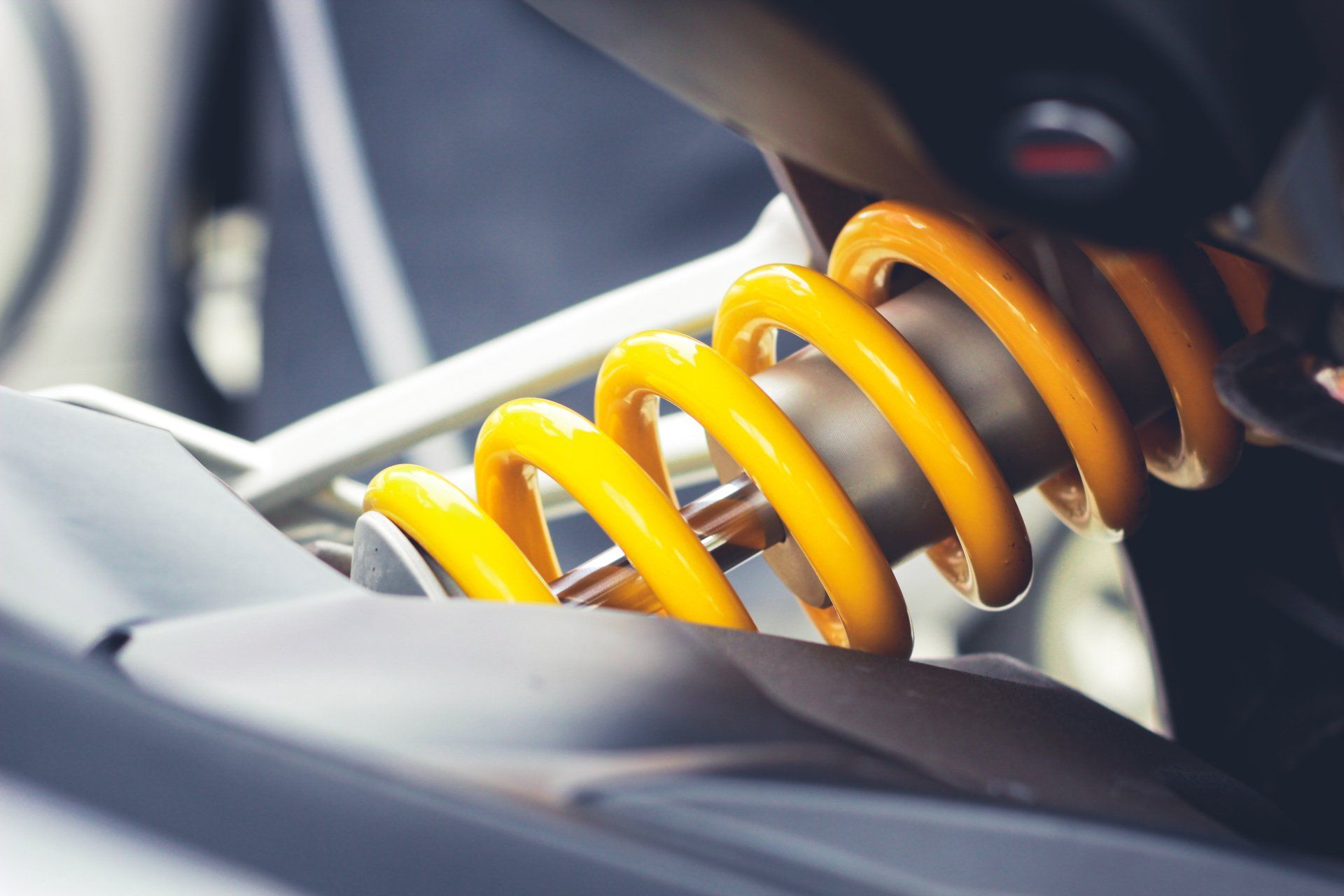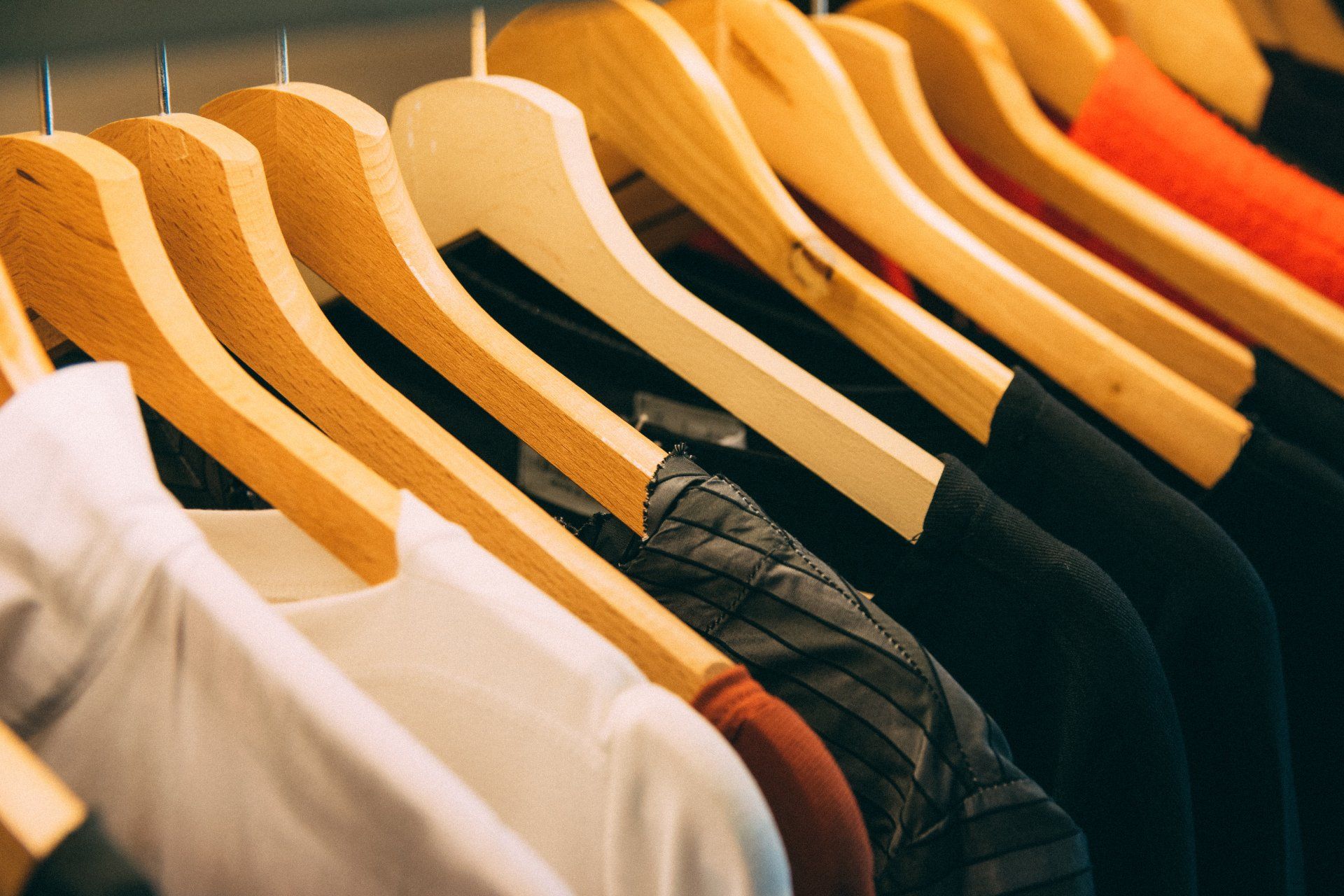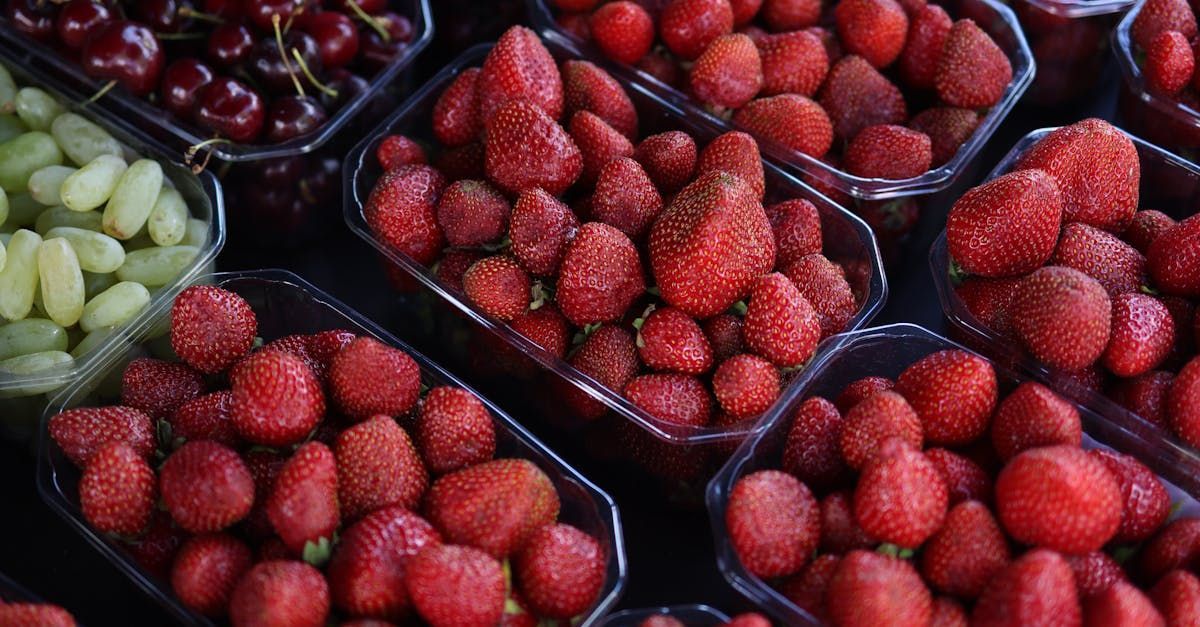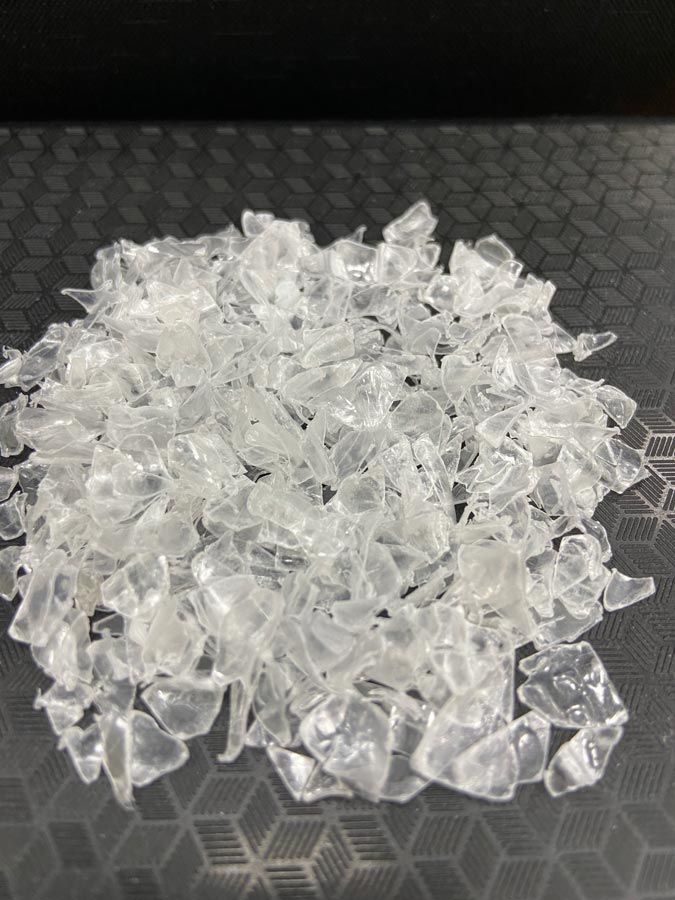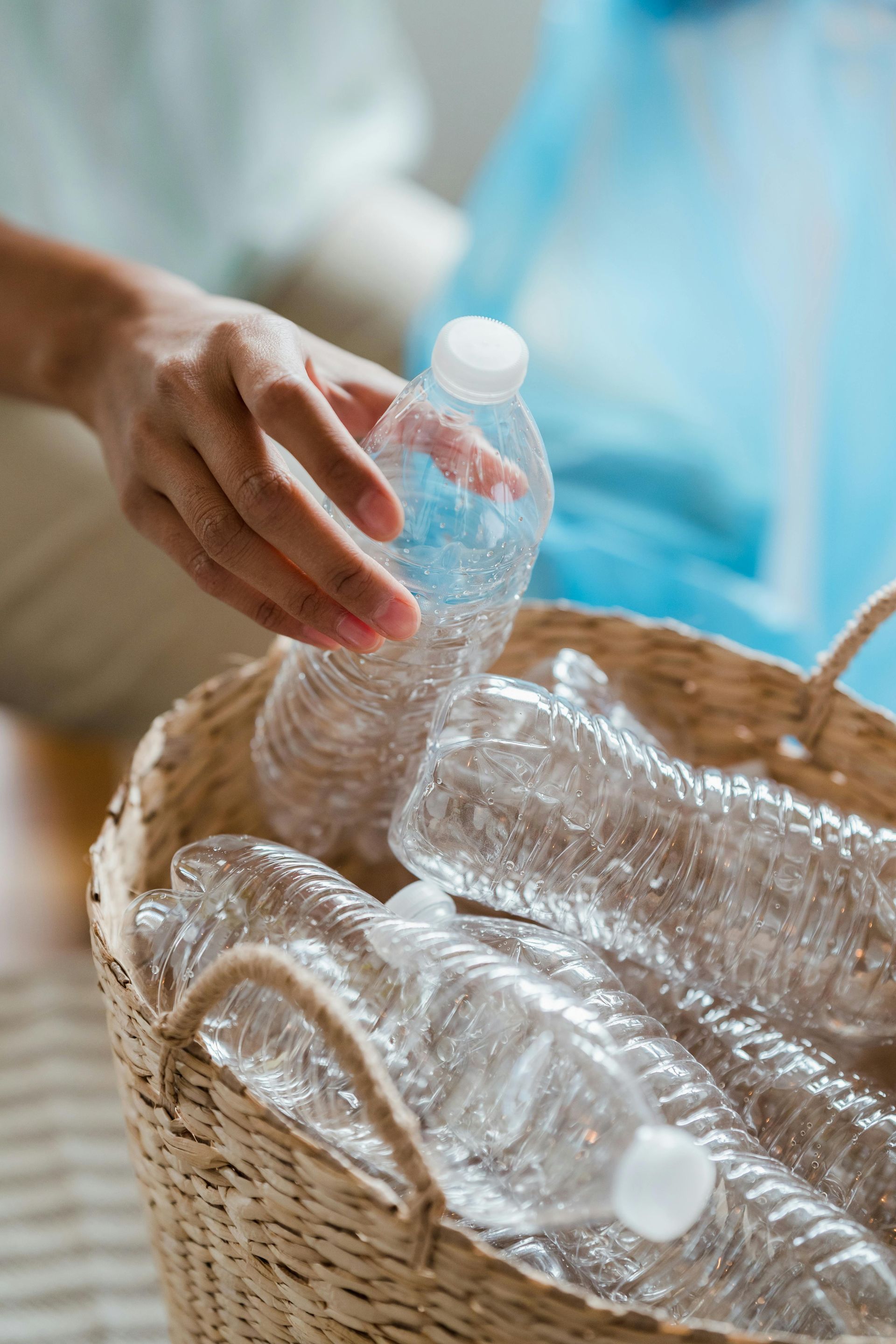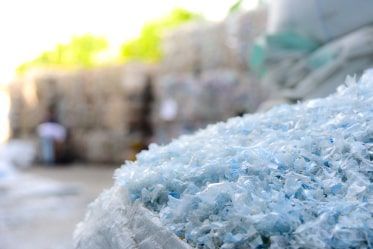What is PCR Plastic?
PCR plastic, or Post-Consumer Recycled plastic, refers to plastic material that has been recycled from consumer waste and reprocessed to create new products or packaging. It is a sustainable alternative to virgin plastic, which is made from non-renewable fossil fuels.
How is PCR Plastic Made?
The process of making PCR plastic involves collecting and sorting used plastic items, such as bottles, containers, and other consumer products. These items are then cleaned, shredded, and melted down into plastic pellets or flakes. These recycled plastic materials are then processed and molded into new plastic products or packaging.
Benefits of Using PCR Plastic
1. Reduces Plastic Waste: By repurposing plastic waste, PCR plastic helps divert plastic from landfills, oceans, and the environment, reducing the overall plastic pollution.[1]
2. Conserves Natural Resources: PCR plastic production requires fewer virgin materials and fossil fuels compared to traditional plastic manufacturing, conserving non-renewable resources.[3]
3. Lower Carbon Footprint: The recycling process for PCR plastic consumes less energy and generates fewer greenhouse gas emissions than producing new plastic from raw materials.[1]
4. Supports Circular Economy: PCR plastic promotes a circular economy by keeping plastic materials in use for longer, reducing the need for new plastic production and waste disposal.[4]
5. Cost-Effective: In many cases, PCR plastic can be a more cost-effective option compared to virgin plastic, as it utilizes existing waste materials.[3]
Common Applications of PCR Plastic
PCR plastic is widely used in various industries for packaging, containers, and other plastic products. Some common applications include:
Limitations and Considerations
While PCR plastic offers significant environmental benefits, there are a few limitations and considerations:
- Quality and Appearance: Recycled plastic may have slight variations in color, clarity, or physical properties compared to virgin plastic.[1]
- Regulatory Compliance: Certain industries, such as food and medical, have strict regulations regarding the use of recycled materials, which may limit the application of PCR plastic.[4]
- Supply and Demand: The availability and supply of PCR plastic can be influenced by factors such as recycling rates, collection infrastructure, and market demand.[3]
Overall, PCR plastic is a valuable and sustainable solution that helps reduce plastic waste, conserve resources, and promote a circular economy. As consumer demand for eco-friendly products grows, the use of PCR plastic is expected to increase across various industries.[2][4]
At RiBotl, we have a robust PCR production process. Contact us for more information on how you can use it in your packaging or production process.
Citations:
[1] https://lacerta.com/blog/pcr-plastic
[2] https://www.susannekaufmann.com/blogs/journal/what-is-pcr-plastic-and-why-is-it-a-good-solution-for-sustainable-packaging
[3] https://www.lifestylepackaging.com/blog/pcr-plastic-packaging/
[4] https://www.tricorbraun.com/blog/what-is-post-consumer-resin-plastic-pcr-pros-and-cons-for-packaging.html
[5] https://epacflexibles.com/what-you-need-to-know-about-post-consumer-recycled-pcr-packaging/
Food and beverage packaging
Personal care and cosmetics packaging
Household and cleaning product containers
Automotive parts and components
Clothing and textiles
Button